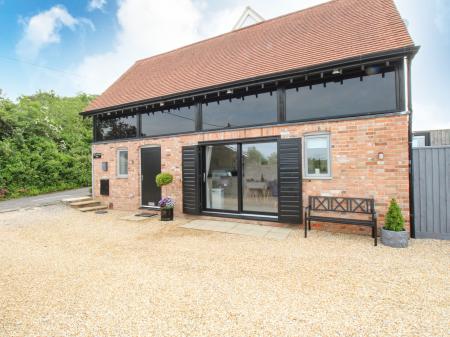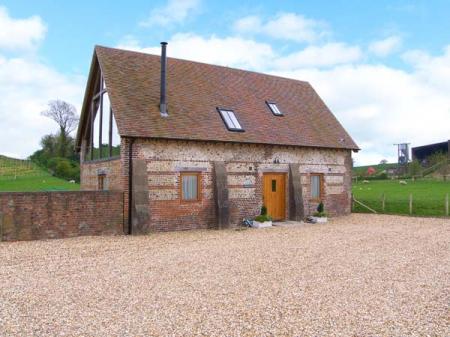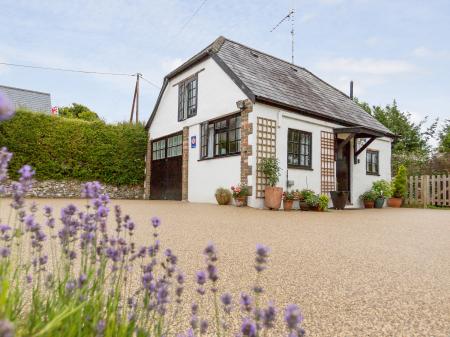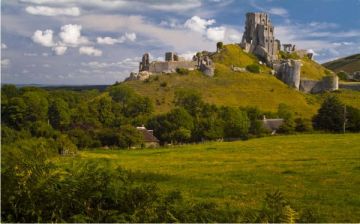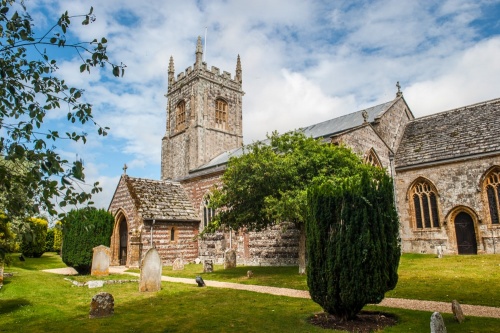
The Nave Roof
The main item of historical interest at Bere Regis is the superb mock-hammerbeam oak roof over the nave. This dates to the 15th century and is thought to be the gift of Cardinal Morton, Chancellor to Henry VIII and a native of nearby Milborne St Thomas.
The roof is easily the most elaborate in this area of England and is decorated with painted and gilded bosses, carved heads, and heraldic devices on the wall plates. The most striking feature, however, is a series of a dozen life-sized figures of the Apostles projecting out over the nave. These are arranged in alphabetical order from Andrew to Thomas.
A very large central boss of a human face is thought to represent the donor, Cardinal Morton. Other bosses show Morton's coat of arms, a Tudor rose, and a golden cord, possibly a symbol of the marriage Morton arranged between Henry VII and Elizabeth of York in 1486, effectively bringing the Wars of the Roses to a close.

Though the roof is superb (and there is a large mirror so you can view it without craning your neck excessively) there are many other features of interest. The font is an intriguing Norman work, in a chalice shape, decorated with interlaced arcading.
The south nave capitals are wonderfully carved with grotesque figures at the angles. Among the figures, you will find a monkey, a scene of bear-baiting, a king's head, and humorous figures who appear to be suffering from headache and toothache.
There is a 14th-century squint between the south aisle and the chancel. Uniquely, this squint still retains its original medieval iron grill. In the south aisle is a 14th-century piscina and tomb recess. Beautifully carved 16th-century bench ends have been incorporated into the backs of two pews.
There are much-worn tombs of the Turberville family, the model for Hardy's novel Tess of the D'Urbervilles. There is a funerary brass to Robert Turberville dated 1559, and a canopied table tomb to the Skerne family, complete with brasses. Over the south door is an interesting feature; a pair of thatch hooks used to drag thatch from buildings when they caught fire.
St John the Baptist at Bere Regis is a delightfully rewarding church to visit, full of historic interest.


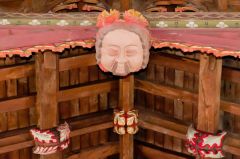






 We've 'tagged' this attraction information to help you find related historic attractions and learn more about major time periods mentioned.
We've 'tagged' this attraction information to help you find related historic attractions and learn more about major time periods mentioned.